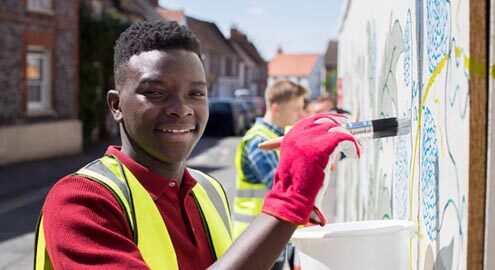Evidence That It Works
A study of 116 high school and college students, mainly Hispanic (52%) and female (77%), found that those who engaged in the intervention described here reported higher levels of prosocial behavior, empathy, and prosocial identity (i.e., seeing oneself as a caring, helpful person) when compared to a control group. They were more likely to behave prosocially one month after the intervention, as well, and reported that prosocial actions had become a habit for them.
The intervention also changed beliefs about prosocial behavior. Students reported that they realized they were capable of making a difference, that their actions actually made an impact on people’s lives, and that it was not difficult to extend kindness.
Finally, those who participated in the 10-day experience reported more positive emotions and increased self-worth, both of which may encourage future prosocial behavior.
Why Does It Matter?
Studies show that kindness can benefit students by increasing their well-being and peer acceptance, both of which lead to greater academic achievement, a stronger sense of belonging, and better relationships with peers and teachers.
In addition, encouraging students to be kind to each other has a ripple effect that can spread throughout the school, improving school relationships among all stakeholders, leading to a more positive school climate.
And forming a habit of kindness early in life will benefit students in the long-run. Studies suggest that people who engage in prosocial behavior enjoy greater physical and emotional well-being, have a stronger sense of meaning in their lives, and are more satisfied with life overall.








Comments